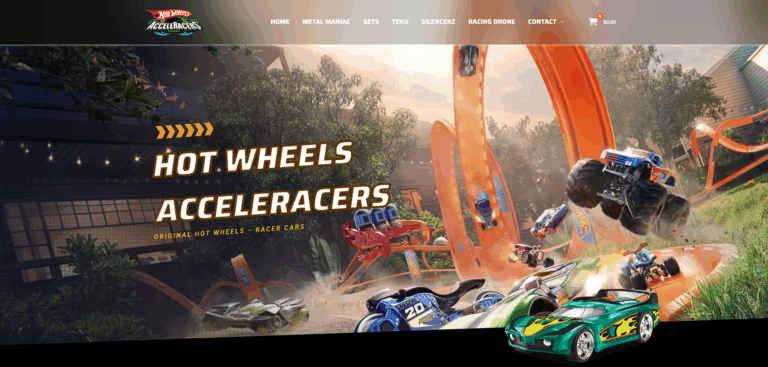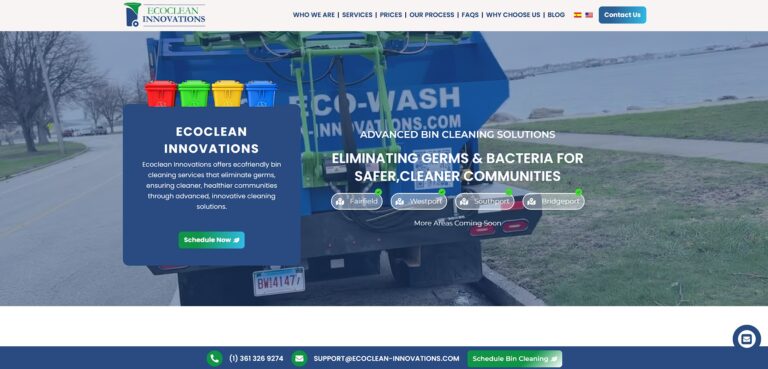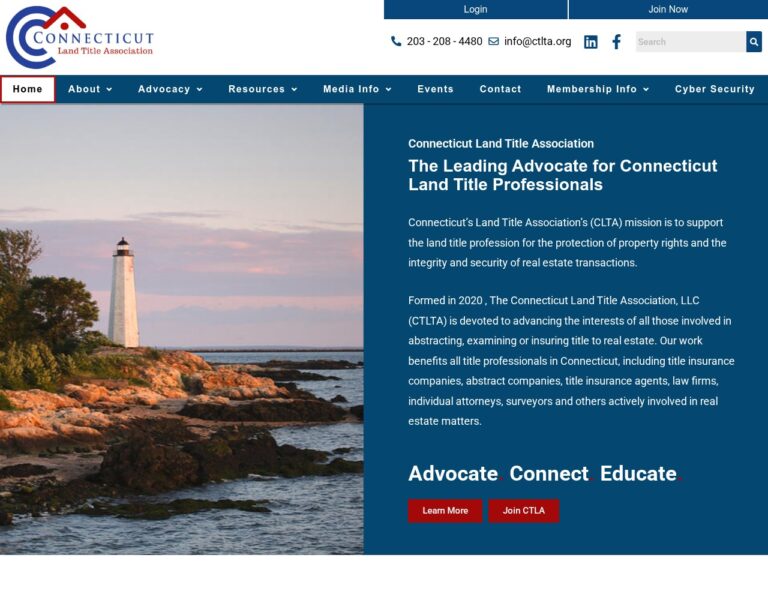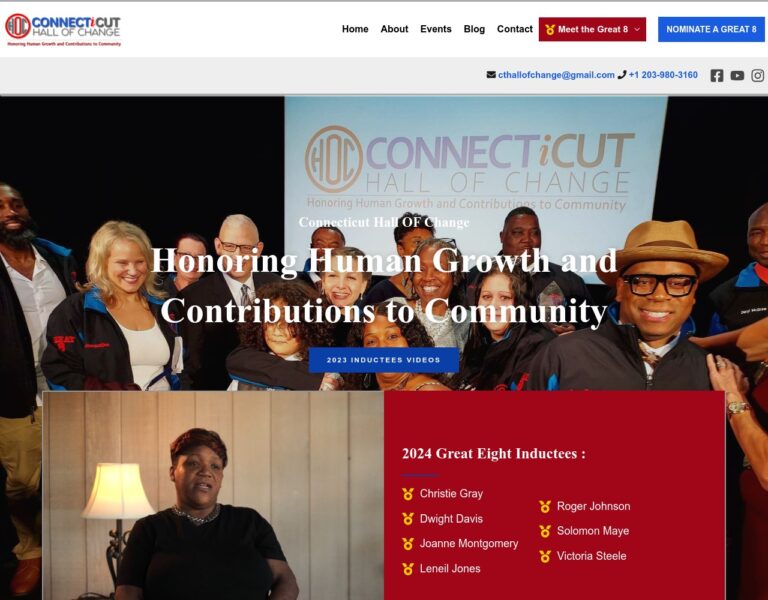
What is Responsive Website Design?
Responsive website design (RWD) ensures that a website’s layout and content adapt to various screen sizes and devices, providing an optimal viewing experience. It involves fluid grids, flexible images, and media queries to create a seamless user experience across desktops, tablets, and mobile devices.
Importance of Responsive Website Design
1. Mobile-Friendly Design
With mobile devices accounting for a significant portion of web traffic, ensuring your website is mobile-friendly is crucial. Responsive design ensures that your site looks great and functions well on smartphones and tablets.
2. Improved User Experience
A responsive website enhances user experience by providing easy navigation and readability. Users can effortlessly interact with your site without zooming or horizontal scrolling, increasing satisfaction and engagement.
3. Seamless Navigation
Responsive design incorporates intuitive and mobile-friendly navigation elements, such as collapsible menus and touch-friendly buttons. This ensures users can find the information they need quickly and easily.
Benefits of Responsive Website Design
- Increased Conversion Rates: By providing a smooth and enjoyable user experience, responsive design can lead to higher conversion rates. Users are more likely to complete desired actions, such as making a purchase or filling out a form, on a well-designed, responsive site.
- Faster Load Times: Performance optimization techniques used in responsive design, such as image compression and minimized HTTP requests, result in faster load times. A quick-loading site keeps users engaged and reduces bounce rates.
- Enhanced Website Performance: Responsive websites are optimized for performance across all devices, ensuring consistent speed and functionality. This leads to better user retention and a more positive perception of your brand.
- Adaptive Design and Cross-Device Compatibility: Responsive design adapts to different screen sizes and devices, providing a consistent experience. Whether users are on a smartphone, tablet, or desktop, they will enjoy the same high-quality interaction with your site.
SEO Benefits of Responsive Design
- Unified URL Structure: Responsive websites use a single URL for all devices, making it easier for search engines to crawl and index your site. This improves your site’s visibility and ranking on search engine results pages (SERPs).
- Better User Retention and Lower Bounce Rates: By offering a seamless experience across devices, responsive design keeps users on your site longer. This signals to search engines that your site is valuable and relevant, positively impacting your SEO rankings.
- Improved Usability and User Satisfaction: Responsive design enhances usability by ensuring your site is easy to navigate and interact with on any device. Higher user satisfaction leads to more repeat visits and word-of-mouth referrals, further boosting your SEO.
Responsive Design Best Practices
- Fluid Grid Layout: Use a fluid grid layout that adjusts dynamically based on the device’s screen size. This ensures your site remains visually appealing and functional across all devices.
- Flexible Images and Media: Scale images and media elements to fit different screen sizes. This prevents distortion and maintains visual integrity, enhancing user experience.
- Media Queries: Implement media queries to customize website elements based on device characteristics, such as screen size and orientation. This optimizes your site’s layout and navigation for different devices.
Modern Web Design Trends and Impact on User Satisfaction
Responsive web development is essential in today’s multi-device world. By staying up-to-date with modern web design trends and best practices, you can ensure your site remains engaging and effective in driving user satisfaction and conversions.

















